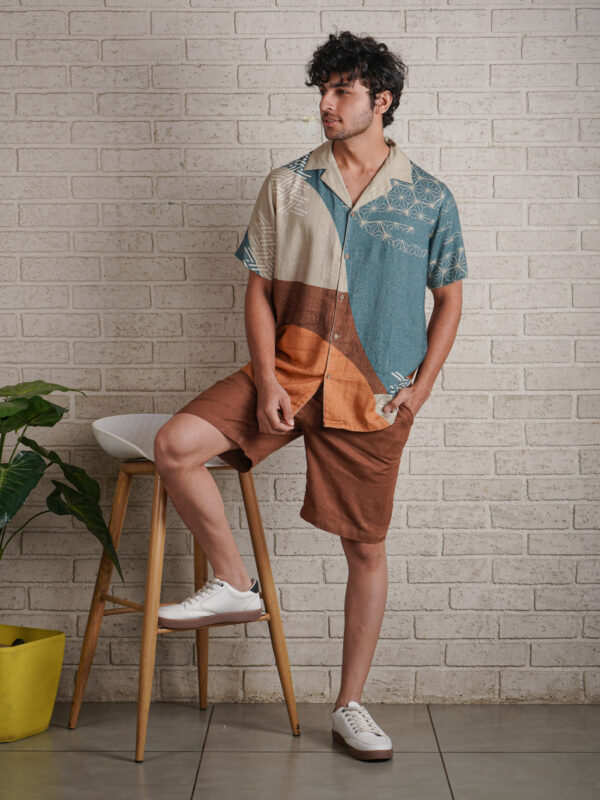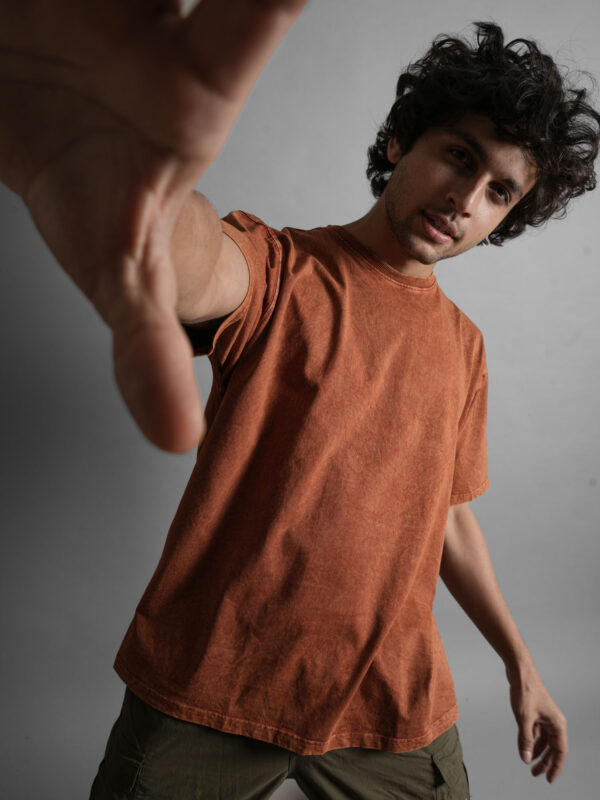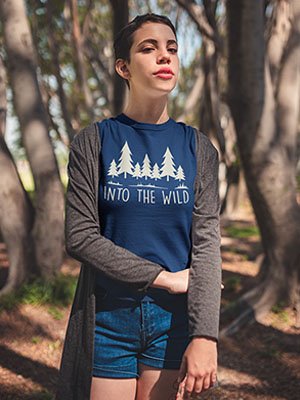During my travels through the heart of the Islamic world during Ramadan, the holiest month in the Islamic calendar, I embarked on a journey not just through places but through time and spirituality. Ramadan is when Muslims commemorate the period when God first communicated with the Prophet Muhammad, marking significant historical and religious events. It’s a time of fasting from sunrise until sunset, followed by nights filled with devotion and worship.
I quickly learned that the start date of Ramadan varies each year, as it’s based on the lunar calendar. I had to stay tuned to local announcements the night before to know when the new moon was sighted, which signifies the beginning of Ramadan. This varies even within Muslim communities, so I checked local practices to align my travel plans accordingly.
Navigating the norms around eating and drinking during daylight hours was crucial. In places like Sarajevo and Sharm el-Sheikh, where communities are religiously diverse or accustomed to tourists, I could eat in public without concern. However, in more homogeneous Muslim areas, I made sure to consume food and drinks discreetly, respecting the local customs.
The question of alcohol consumption varied greatly by location. In tourist-friendly or mixed areas, bars operated normally. Yet, in predominantly Muslim regions or less touristy places like Pattani in southern Thailand, alcohol was scarce, and if found, it was best consumed privately.
Not every Muslim fasts during Ramadan; exceptions include those who are ill, pregnant, breastfeeding, menstruating, or traveling. Despite these exceptions, there’s a general atmosphere of respect for the fasting practice, with even those not fasting refraining from eating or drinking in public during the day.
As for attire, Ramadan didn’t necessitate a change in dress code. However, I noticed a tendency towards more conservative clothing, reflecting the pious mindset adopted during the month.
The operation hours of tourist attractions, shops, and restaurants shifted significantly during Ramadan. In deeply religious cities, the pace of life slowed, with businesses opening later and closing earlier. Contrastingly, in tourist hotspots, changes were minimal, ensuring that travelers could still enjoy the locale’s offerings.
Visiting sacred spaces like mosques, shrines, or Sufi lodges required timing and respect for the local customs, especially during Ramadan. Post-sunset, these places were bustling with worshippers. The best times for visits were usually between the midday (dhuhr) and afternoon (asr) prayers, accommodating both the visitors’ and caretakers’ schedules.
The regional nuances of Ramadan were fascinating. From the sweet jalebis of the subcontinent to the savory mercimek çorbası (lentil soup) in Anatolia, each place offered unique culinary delights. Cultural activities also varied, with live Qur’anic recitations in Bosnia, lavish iftar buffets in Malaysia, and spirited night-time football in the Gulf.
To truly experience Ramadan, I mirrored the local rhythm: resting during the day and awakening to the lively, festive atmosphere at night. This allowed me to engage fully with the community, enjoying local traditions, food, and events, whether it was a football match in Jeddah or a late-night concert in Constantine.
Traveling during Ramadan opened my eyes to the deep spiritual and cultural layers of the Islamic world. It was a journey of respectful observation, participation in unique traditions, and an opportunity to witness the communal spirit that defines this sacred month.





